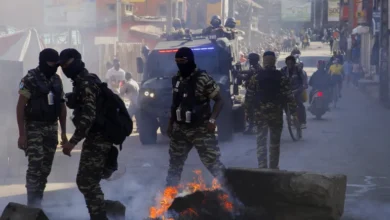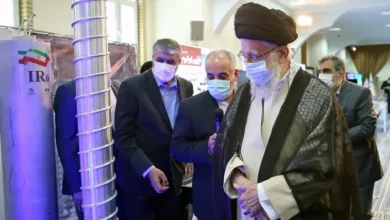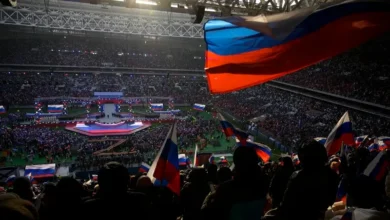What did India and Pakistan gain – and lose – in their military standoff?

Four days after a May 10 ceasefire pulled India and Pakistan back from the brink of a full-fledged war following days of rapidly escalating military tensions, a battle of narratives has broken out, with each country claiming “victory” over the other.
The conflict erupted after gunmen killed 26 civilians in Pahalgam, in Indian-administered Kashmir, on April 22. A little-known armed group, The Resistance Front (TRF), initially claimed responsibility, with India accusing Pakistan of backing it. Indian Prime Minister Narendra Modi promised retaliation, even though Pakistan denied any role in the attack.After a series of tit-for-tat diplomatic measures between the neighbours, tensions exploded militarily. Early on the morning of May 7, India fired missiles at what it described as “terrorist” bases not just in Pakistan-administered Kashmir, but also four sites in Pakistan’s Punjab province.
In the following days, both sides launched killer drone strikes at each other’s territory and blamed one another for initiating the attacks.Tensions peaked on Saturday when India and Pakistan fired missiles at each other’s military bases. India initially targeted three Pakistani airbases, including one in Rawalpindi, the garrison city which is home to the headquarters of the Pakistan Army, before then launching projectiles at other Pakistani bases. Pakistan’s missiles targeted military installations across the country’s frontier with India and Indian-administered Kashmir, striking at least four facilities.
Then, as the world braced for total war between the nuclear-armed neighbours, US President Donald Trump announced a ceasefire, which he claimed had been mediated by the United States. Pakistan express gratitude to the US, even as India insisted the decision to halt fighting was made solely by the two neighbours without any third-party intervention.
Since the announcement, both countries have held news conferences, presenting “evidence” of their “achievements”. On Monday, senior military officials in India and Pakistan spoke by phone, pledging to uphold the ceasefire in the coming days.
However, analysts say neither side can truly claim to have emerged from the post-April 22 crisis with a definite upper hand. Instead, they say, both India and Pakistan can claim strategic gains even as they each also suffered losses.Internationalising Kashmir: Pakistan’s gain
The military standoff last week – like three of the four wars between India and Pakistan – had roots in the two countries’ dispute over the Kashmir region.Pakistan and India administer different parts of Kashmir, along with China, which governs two narrow strips. India claims all of Kashmir, while Pakistan claims the part India – but not Islamabad’s ally China – administers.After the 1971 war between India and Pakistan, which led to the creation of Bangladesh, New Delhi and Islamabad inked the Simla Agreement, which, among other things, committed them to settling “their differences by peaceful means through bilateral negotiations”.
Since then, India has argued that the Kashmir dispute – and other tensions between the neighbours – can only be settled bilaterally, without third-party intervention. Pakistan, however, has cited United Nations resolutions to call for the global community to play a role in pushing for a solution.
On Sunday, Trump said that the US was ready to help mediate a resolution to the Kashmir dispute. “I will work with you both to see if, after a thousand years, a solution can be arrived at, concerning Kashmir,” the US president posted on his Truth Social platform.
Walter Ladwig, a senior lecturer at King’s College London, said the latest conflict gave Pakistan a chance to internationalise the Kashmir issue, which had been its longstanding strategic goal.










